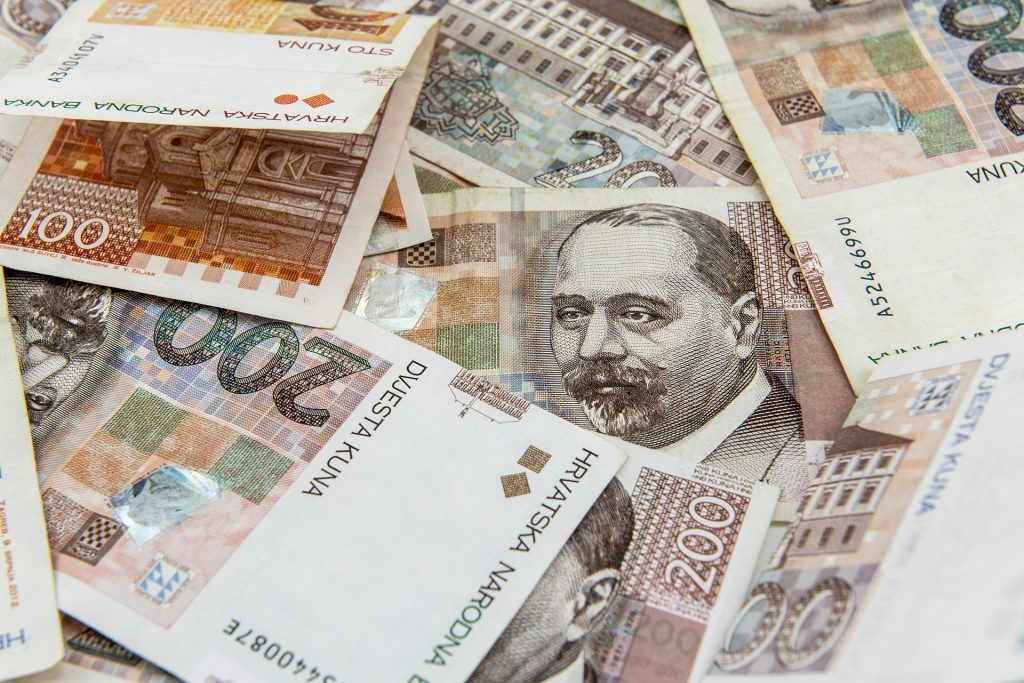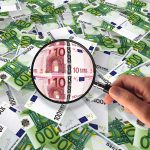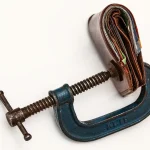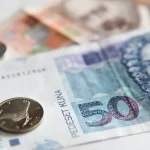In January, inflation accelerated by 5.6% in the European Union and by 5.1% in the euro area. In Croatia, inflation also picked up at the start of this year to 5.5% from December’s 5.2%.
The highest inflation rates in the EU were registered in the Baltic countries while the majority of countries in central and eastern Europe had inflation rates of above 6% and close to 9%. The prices of gas and energy will probably not settle down for some time yet and the majority of citizens will be faced with lower living standards.
Inflation is worst for pensioners, single parents, and low-income households, according to a survey by the Zagreb Institute of Economics (EIZ) conducted this week.
The EIZ says that in the period between 2001 and 2021 prices in Croatia increased by only 43.4%. Food prices increased by 47%, alcohol was 134% more expensive and expenditure on healthcare doubled in price. Utility bills jumped by 85% in that period while telecommunication costs fell by 5% and footwear and clothing expenses by 10%.
The survey showed that inflation did not affect all groups equally. In the past two decades, the pensioner inflation rate was 9.3 percentage points higher than the reference rate, inflation was 10.44 pp higher for single households, while inflation for 10 percent of the richest people was slightly less than 2 pp lower than the average.
“Figuratively speaking, a pensioner household with monthly expenses of HRK 4,000 in 2001 paid HRK 6,107 for the same shopping basket 20 years later while the reference inflation rate suggests that their shopping basket should have cost HRK 5,735,” the EIZ said.
For more, check out our politics section.












